Few animals have shaped human civilization as profoundly as the horse. From ancient caravan trails to the bustling Silk Road, horses transformed how goods, ideas, and cultures moved across continents. These magnificent creatures didn’t merely serve as beasts of burden—they revolutionized transportation, warfare, and communication in ways that fundamentally altered the course of history. The development of trade routes, spanning thousands of miles across diverse terrains and climates, would have been impossible without the strength, speed, and endurance of horses. This article explores how these remarkable animals facilitated the expansion of trade networks that connected distant civilizations and ultimately shaped the modern world.
The Domestication Revolution: How Horses Changed Everything

The domestication of horses around 5,500-4,500 BCE in the Eurasian steppes marked a pivotal moment in human history. Before horses, trade was limited by human walking speed, with goods transported on foot or by pack animals like donkeys, which couldn’t match the horse’s combination of speed and carrying capacity. Archaeological evidence from Kazakhstan shows that early domesticated horses wore bits and bridles, indicating they were ridden or used for hauling goods. This technological breakthrough allowed nomadic peoples to travel distances previously unimaginable, carrying trade goods across vast steppes and deserts. The domesticated horse effectively “shrank” the ancient world, connecting previously isolated communities and facilitating the exchange of not just goods, but also ideas, technologies, and cultural practices.
Steppes to Roads: Early Horse-Enabled Trade Networks
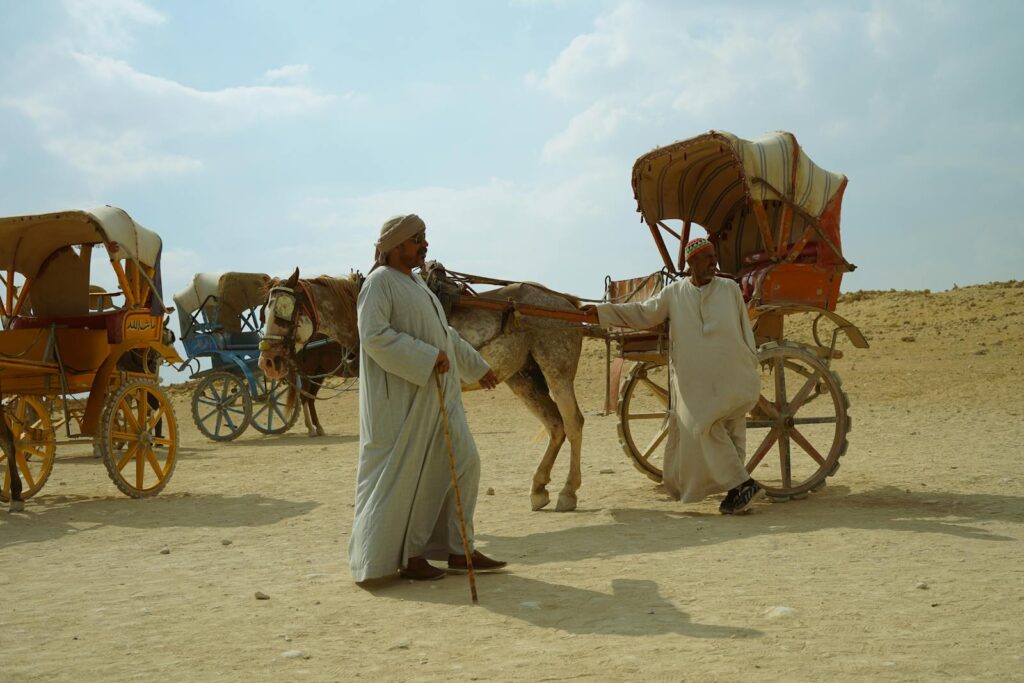
The earliest horse-enabled trade networks emerged across the Eurasian steppes, where nomadic peoples like the Scythians became masters of horseback riding and developed the first saddles and riding equipment. These innovations allowed them to establish control over vast territories and create trade networks spanning from China to Europe. Archaeological findings reveal Scythian burial sites containing Chinese silk, Mediterranean jewelry, and Persian textiles, demonstrating the extensive reach of these early horse-powered trade connections. By 1000 BCE, recognizable trade routes had formed, following natural pathways accessible to horses—along river valleys, through mountain passes, and across plains. These pathways would eventually develop into the great trade arteries of the ancient world, including portions of what would become the Silk Road.
The Horse and Cart: A Revolutionary Combination

The invention of the wheel and its combination with horse power around 3500 BCE revolutionized trade transport capabilities. Horse-drawn carts and wagons could carry significantly more goods than pack animals alone, dramatically increasing the volume and profitability of long-distance trade. Evidence from Mesopotamian clay tablets shows that by 2000 BCE, professional merchants were using horse-drawn vehicles to transport goods between cities at unprecedented scales. The development of specialized wagons with reinforced axles allowed for the transport of heavy goods like timber, stone, and metals across challenging terrain. This technological marriage of horse and wheel created the infrastructure necessary for the first true international trade networks, connecting Egypt, Mesopotamia, the Indus Valley, and beyond.
Horses and the Silk Road: Creating History’s Most Famous Trade Route
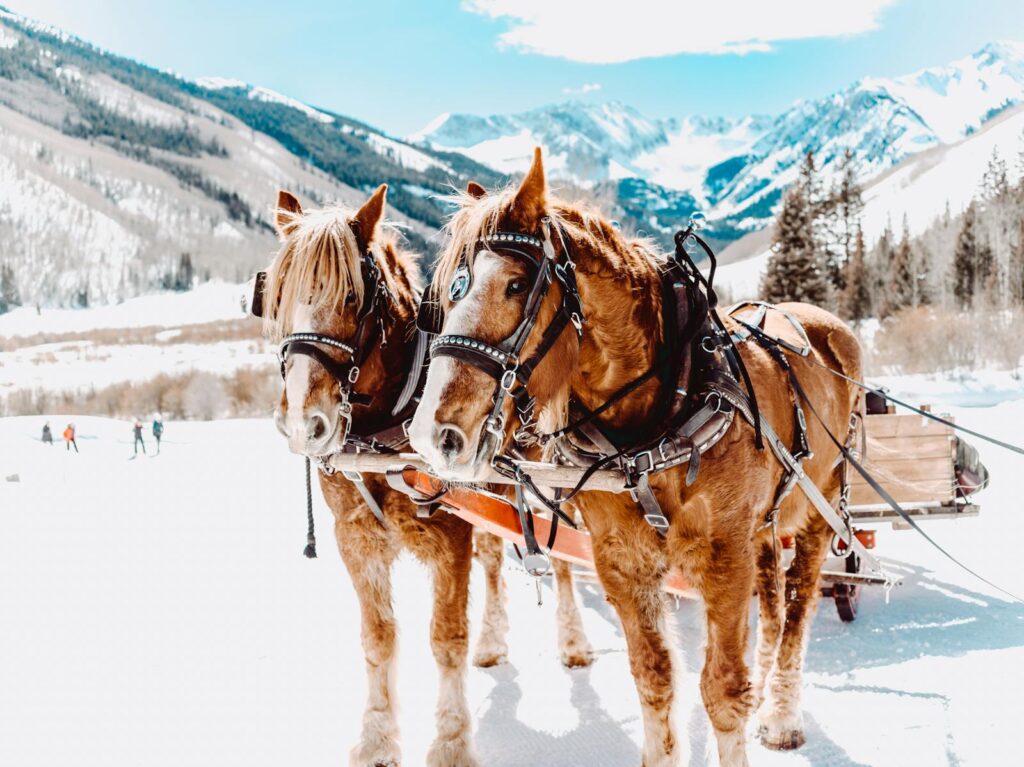
Perhaps no trade network illustrates the importance of horses better than the legendary Silk Road, which stretched over 4,000 miles from China to the Mediterranean. Established during the Han Dynasty around 130 BCE, this vast network relied entirely on horses and camels for transportation. Chinese records show that imperial horse breeding programs specifically developed sturdy horses capable of withstanding the harsh conditions of the Taklamakan Desert and the high mountain passes of Central Asia. At key points along the route, sophisticated systems of horse relays allowed merchants to replace tired animals with fresh ones, maintaining effective travel speeds. Horses were not just transport on the Silk Road—they were valuable trade commodities themselves, with special varieties like the “Heavenly Horses” of Ferghana being highly sought after by Chinese emperors for their superior size, strength, and stamina.
Specialized Breeding: Creating the Perfect Trade Route Horse
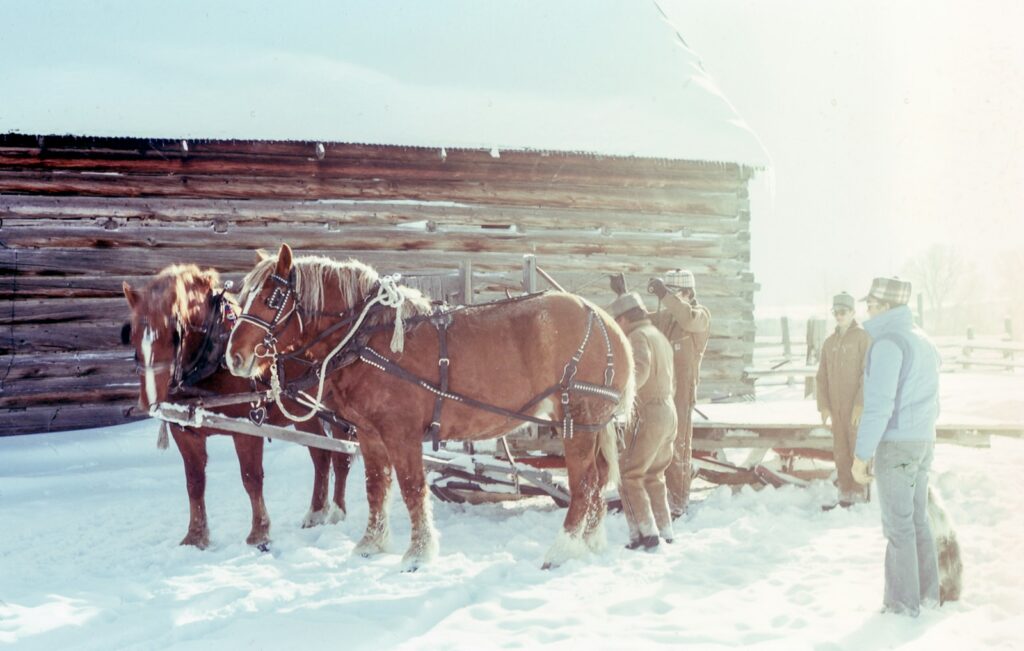
Different trade routes demanded different horse attributes, leading to specialized breeding practices that produced region-specific trade horses. In the mountains of Central Asia, shorter, sturdy horses with exceptional endurance and sure-footedness were bred to navigate narrow passes and high altitudes. Archaeological remains and artistic depictions show that Arabian horses, renowned for their endurance and heat tolerance, became essential for desert trade routes across North Africa and the Middle East. In northern regions, heavier breeds evolved to pull loaded sleighs across snow-covered steppes during winter trade expeditions. Written accounts from Roman, Chinese, and Arabic sources all emphasize the importance of particular horse bloodlines for trade success, with merchants willing to pay premium prices for animals specifically bred for their respective routes.
Horse-Related Infrastructure: Caravanserais and Way Stations

The horse-centered trade routes necessitated the development of specialized infrastructure that would shape the landscape of Eurasia for centuries. Caravanserais—fortified inns providing accommodation for traveling merchants—were spaced approximately 30-40 kilometers apart, representing a day’s journey by horse caravan. These structures included large stables, feeding areas, and often blacksmith services for horse care and repair of transportation equipment. Archaeological excavations of these sites reveal sophisticated water management systems designed specifically for maintaining large numbers of horses in arid regions. In mountainous regions, engineers constructed special switchback paths to accommodate horses carrying heavy loads, while river crossings featured specialized ferry systems designed for horses and their cargo.
The Military Dimension: Horses, Protection, and Trade Routes
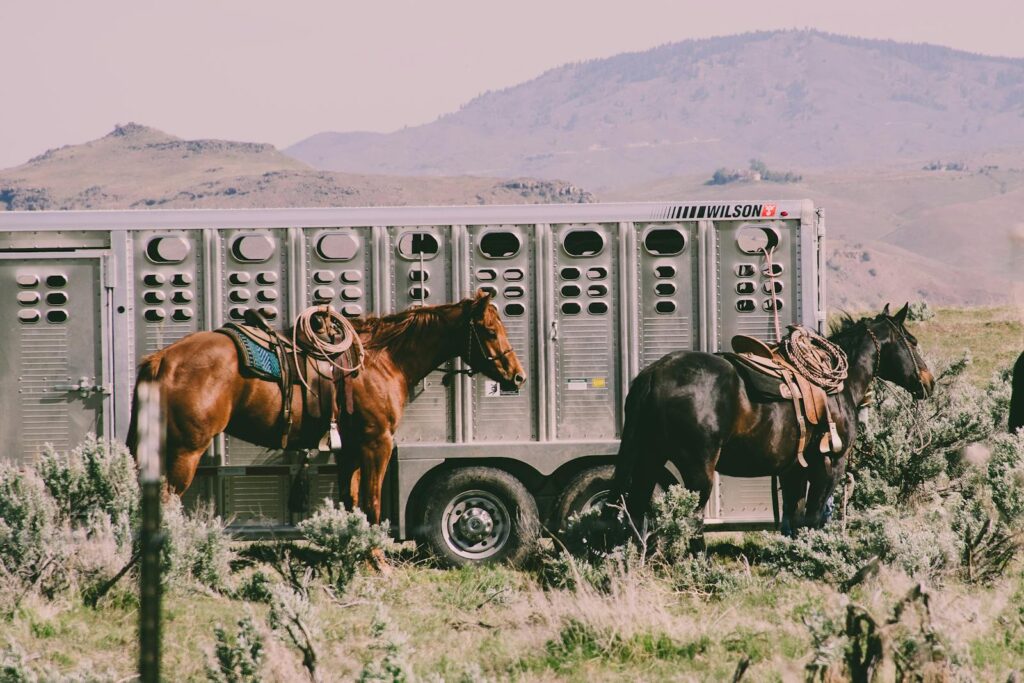
Trade routes required protection, and horses were essential to both the threats facing merchants and the security forces defending them. The development of mounted warfare revolutionized how trade routes were protected and controlled, with empires maintaining specialized cavalry units to patrol critical commercial corridors. Historical records from the Roman, Persian, and Chinese empires detail how control of key trade routes was often the primary objective in military campaigns, with horse-mounted forces being the decisive factor. The Mongol Empire under Genghis Khan used superior horsemanship to establish the Pax Mongolica—a period of relative peace along the Silk Road that significantly increased trade volume. Merchant caravans themselves often included armed horsemen as protection against bandits, making horse-riding skills essential for successful long-distance trade ventures.
Horse Tack Innovations: Enabling Longer and Safer Journeys

Technological innovations in horse equipment directly impacted the viability and reach of trade routes throughout history. The invention of the stirrup around the 5th century CE revolutionized horseback riding, providing greater stability for riders on long journeys and allowing for heavier loads to be carried. Specialized saddle designs developed specifically for trade, with archaeological findings showing saddles with reinforced frames capable of supporting goods without injuring the horse’s back over thousands of miles. Advances in horse shoes, particularly the development of the iron horseshoe in Europe around the 9th century, extended the working life of horses on hard surfaces and rough terrain, making previously impassable routes accessible. Improved bridle designs allowed for better control of pack animals in dangerous mountain passes and desert conditions, reducing accidents and losses on treacherous sections of trade routes.
The Horse Express: Postal Systems and Information Exchange

Beyond physical goods, horses enabled the rapid exchange of information that was crucial for trade networks to function effectively. The Persian Empire’s angarum system, established around 500 BCE, used relay stations with fresh horses placed roughly 25 kilometers apart, allowing messages to travel at speeds approaching 200 miles per day—an astonishing pace for the ancient world. The Mongol Empire perfected this approach with their Yam system, which maintained over 50,000 horses specifically for postal purposes. Chinese historical records show that price information, political news, and market conditions could travel from Xian to Samarkand in just two weeks via horse messenger, allowing merchants to respond to market changes. These horse-powered communication networks created the world’s first “information highways,” allowing trade networks to function with unprecedented efficiency and coordination across vast distances.
Economic Impact: How Horses Transformed Ancient Economies
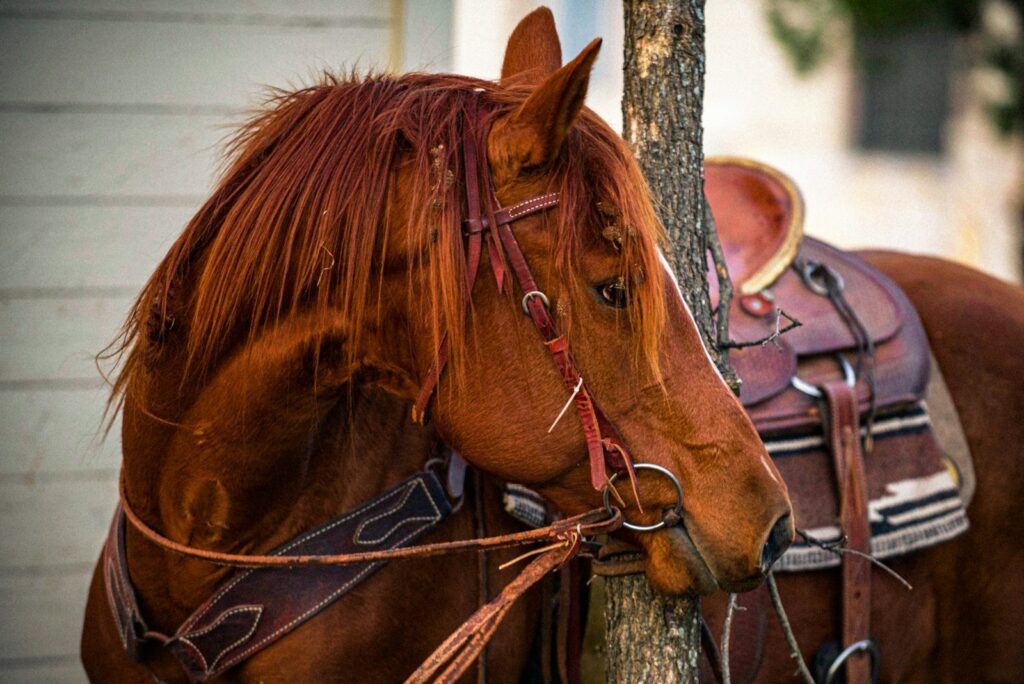
The economic transformation brought about by horse-enabled trade routes was profound and far-reaching. Economic historians estimate that the volume of goods transported along major routes increased by factors of 5-10 times after the widespread adoption of horses for trade. Previously luxury items like silk, spices, and precious metals became more accessible to larger populations as horse caravans reduced transportation costs. Archaeological evidence shows that cities strategically located along horse-friendly trade routes experienced remarkable growth, with specialized industries emerging to serve the needs of horse caravans. The horse trade itself became a major economic force, with specialized markets developing in regions known for superior breeding stock, such as Ferghana, Arabia, and the Eurasian steppes. Perhaps most significantly, horse-powered trade routes created the first truly international market system, where economic events in China could affect prices in Rome, laying the groundwork for the global economy.
Cultural Exchange: Horses as Carriers of Civilization
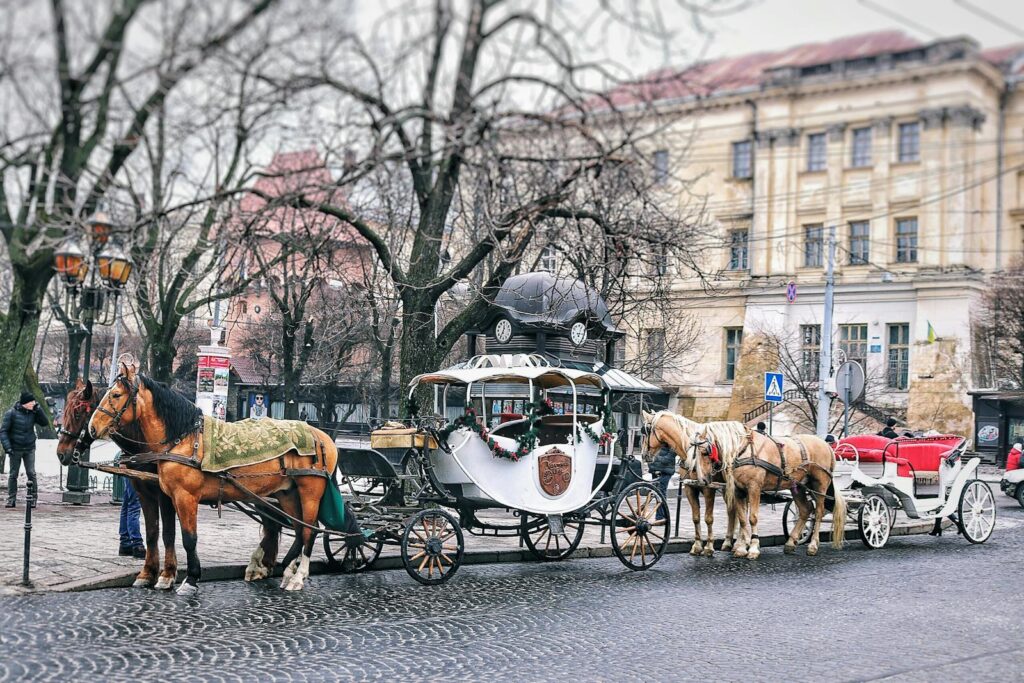
Horses didn’t just carry goods—they carried cultures, religions, technologies, and ideas across continents. Buddhist missionaries traveled on horseback along trade routes from India to China, while Islam spread along horse caravan routes across Central Asia and North Africa. Artistic motifs and architectural styles moved along these same pathways, with archaeological evidence showing how design elements from Persia appeared in China and vice versa after the establishment of horse-enabled trade connections. Technologies like papermaking, gunpowder, and printing spread from east to west via horse caravans, fundamentally altering the societies that received them. Languages evolved along trade routes, with special “trade pidgins” developing to facilitate communication between different cultures connected by horse caravans, some of which eventually developed into full languages in their own right.
The Decline: When Horses Lost Their Dominance

The age of horse-dominated trade routes began to decline with the rise of maritime trade in the 15th and 16th centuries. Ships could carry substantially more cargo than horse caravans, at lower cost and (often) faster speeds, gradually shifting economic activity toward port cities. The introduction of steam power and railways in the 19th century delivered the final blow to traditional horse caravans, with trains capable of moving goods at speeds and volumes that horse transport could never match. Historical records show that major caravan cities like Samarkand and Bukhara experienced significant economic decline as trade shifted to new transportation technologies. Yet even as their economic role diminished, horses remained essential for local distribution of goods away from railways and ports well into the 20th century, demonstrating the remarkable longevity of horse transport in human economic systems.
Legacy: Modern Trade Routes and Their Equine Origins

The legacy of horse-established trade routes remains visible in the modern world, with many contemporary highways and rail lines following paths originally blazed by horse caravans. Geographical studies show that approximately 60% of major Eurasian transportation corridors follow ancient horse-friendly pathways, taking advantage of the same mountain passes, river crossings, and natural terrain features that made these routes suitable for equine transport. Cities that rose to prominence as horse caravan hubs—like Istanbul, Samarkand, and Xian—remain important commercial centers today, their urban layouts still showing the influence of their horse-trading past. Modern international trade agreements and organizations can trace their conceptual origins to the diplomatic arrangements that governed horse caravan routes, including customs procedures, transit rights, and standardized weights and measures. Perhaps most poetically, the Silk Road Economic Belt initiative announced by China in 2013 explicitly seeks to revitalize the ancient horse caravan routes using modern transportation technology, demonstrating the enduring influence of these equine pathways on human economic thinking.
Conclusion
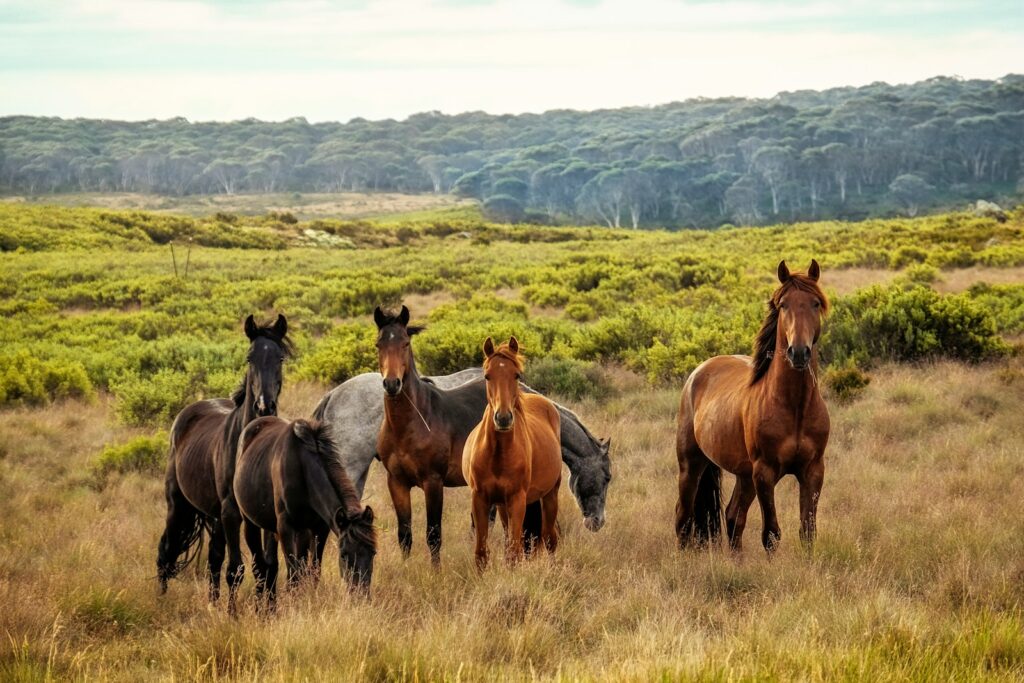
The horse’s role in developing trade routes represents one of the most significant partnerships between humans and animals in history. For more than 5,000 years, these magnificent creatures carried not just goods but the very building blocks of civilization across continents. They enabled cultures to connect, economies to flourish, and ideas to spread at unprecedented speeds and scales. While modern transportation has long since surpassed horse power in efficiency and capacity, the fundamental patterns of global exchange established during the age of horse caravans continue to shape our world. The highways of commerce that horses helped create—connecting East and West, North and South—laid the foundation for today’s globalized economy and multicultural societies. In this sense, the hoofprints of ancient trade horses have never truly faded from the paths of human progress.







